What is a Sound Wall?

There is a better way to support students in spelling, writing, and reading. A wall of sounds is a way to display different sounds or phonemes. The real power of a sound wall lies in the instruction and organization behind it.
WHAT IS IT?
A sound wall is an instructional tool to enhance student learning. Similar to any subject area focus wall, the sound wall is dynamic rather than fixed. As new sounds and letter combinations are taught, they are added. The timing and placement of the sound cards are important for imprinting and metacognition.
HOW DOES IT WORK?
A sound wall begins with the teacher introducing a sound and anchoring the instruction to a sound card visual. During the initial instruction, the teacher discusses the placement of the mouth while making the sound. The full explanation of how the lips, tongue, and mouth move the air to create the sound is called voicing. Students practice the sound repeating after the teacher. While the letter, sound made, and voicing procedures are taught, the anchor sound card is added to a blank sound wall.
Here are some suggested steps for how to introduce each of the phonemes:
- Introduce each of the sounds as you usually would in your classroom.
- Model the way you make the sound with your mouth.
- Put the letter sound up in an organized way that fits your needs.
- When ready, add more letters, sounds, words, and patterns throughout the school year.
THEN WHAT?
For the sound wall to truly work, we use it daily. Review and repetition are integral to phonics mastery. A daily “sound-off” calls attention to the board. Create different techniques for pointing and saying sounds or related words. Another fun way to review is to play Rhyme Time. Start the game with a word that uses the sound card you would like to focus, and students must try to string together as many rhyming words as possible until no one can think of another one. Spelling Ladders and Guess My Word are fun off the paper and terrific for phonemic awareness. “I’m thinking of a word like pig, but it begins with a stop sound. What’s my word?”
INTEGRATING READING, SPELLING, AND WRITING
The payoff for the extra effort of using a sound wall comes in the form of better readers, spellers, and writers! Students who have access to this bank of sounds and spellings can manipulate and understand the sounds they see in text because they are familiar with recognizing them first. When it comes to processing sounds to spell and write, students can access that valuable information right on the wall. The sound wall is empowering to young readers and writers. It’s the key to decoding our language!
ALL-IN-ONE RESOURCE
We wanted to have a sound wall resource that truly matches the highest instructional practices. One of my pet peeves about teaching is how much time I spend searching for what I need. For that reason, here’s what we created to make having a sound wall easy! Everything shown on the sound walls in this post is included as well as more not shown.
There are color and black and white versions of each of the following items:
- sound wall title letters
- headings
- phoneme cards
- sound wall cards
- speech mouth cues
- word cards for sorting
- mini sound charts for individual student folders
MORE PHONICS INSTRUCTION
Below are two posts regarding phonics instruction. Practical information followed up with ready-to-go resources! To read more, just click the pictures.

 Contact Us
Contact Us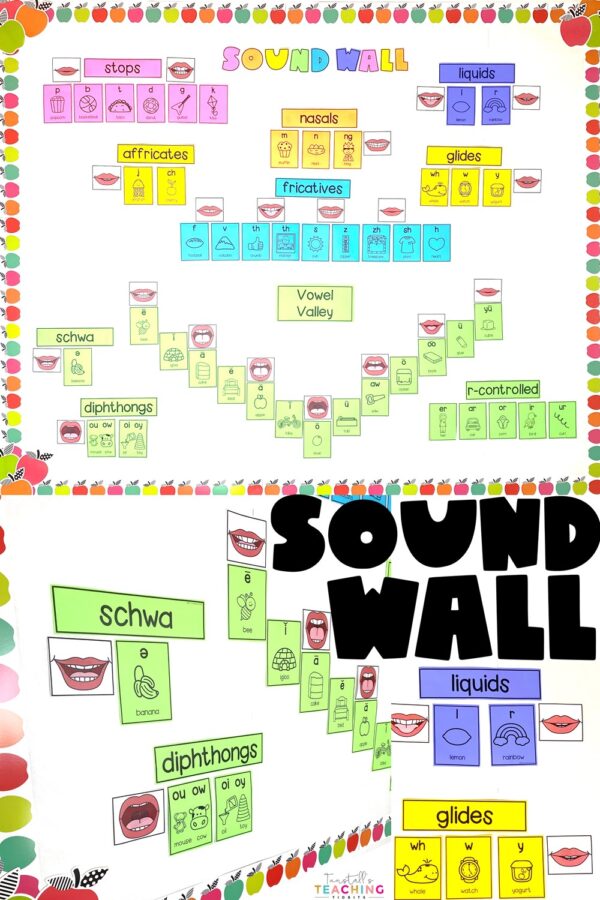



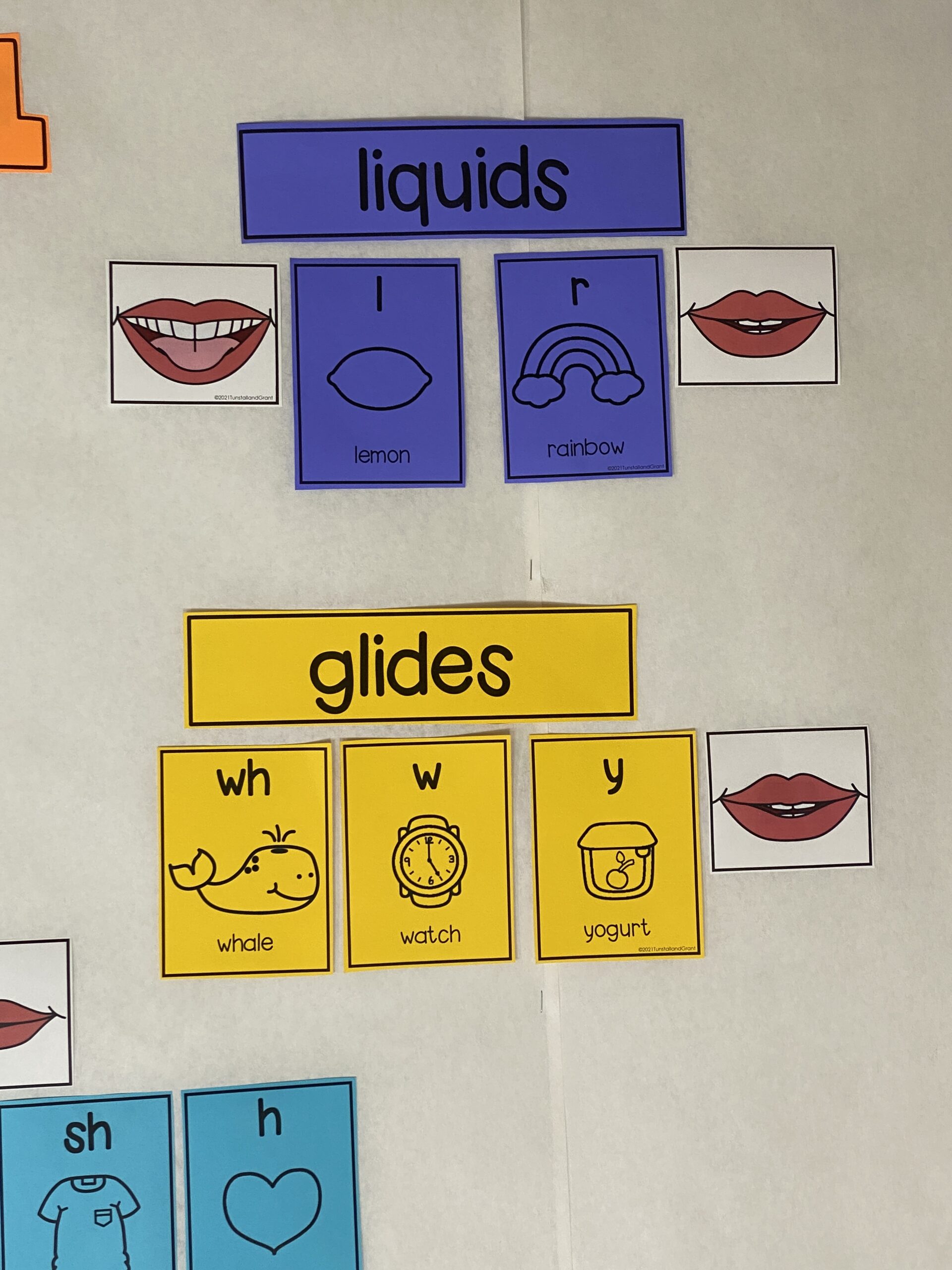
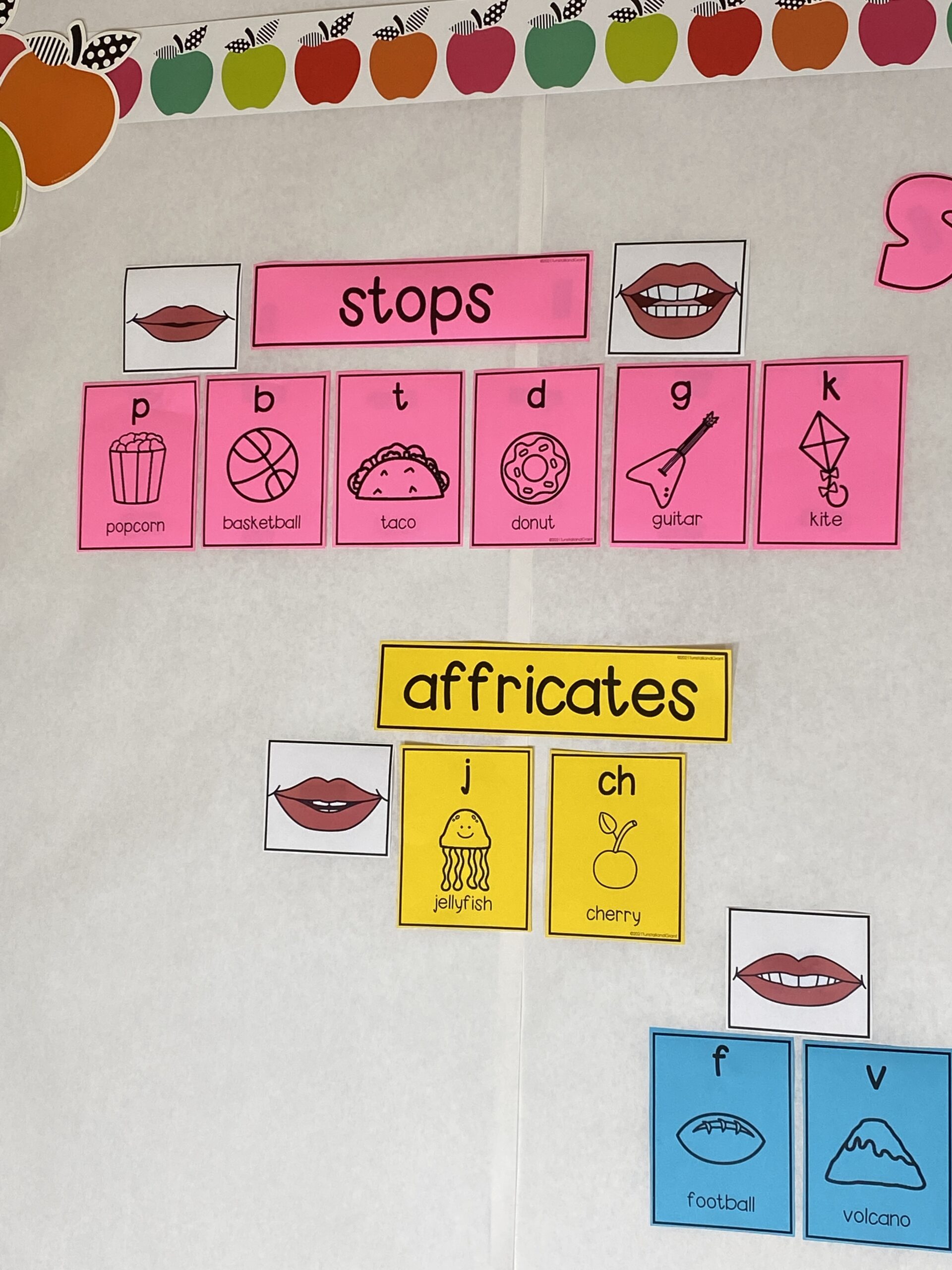





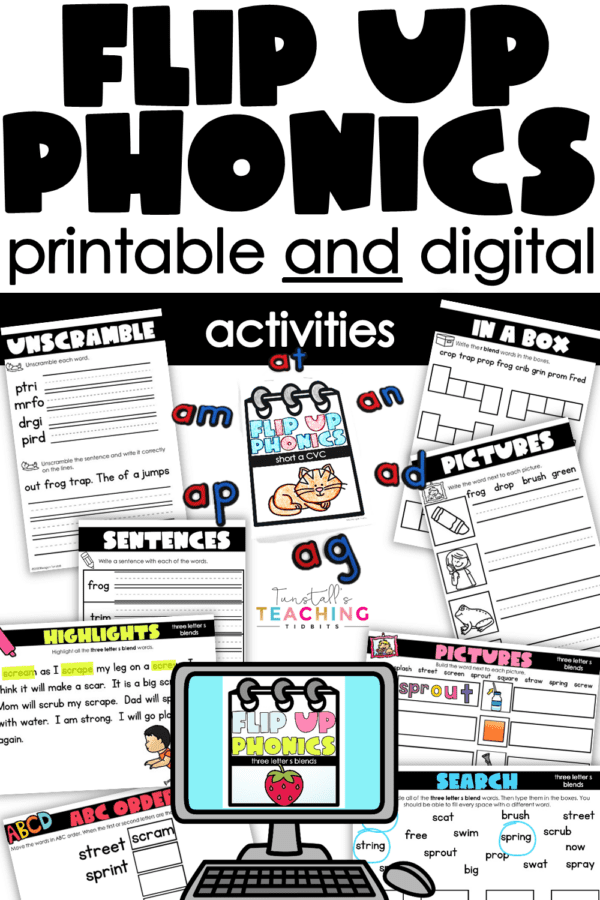
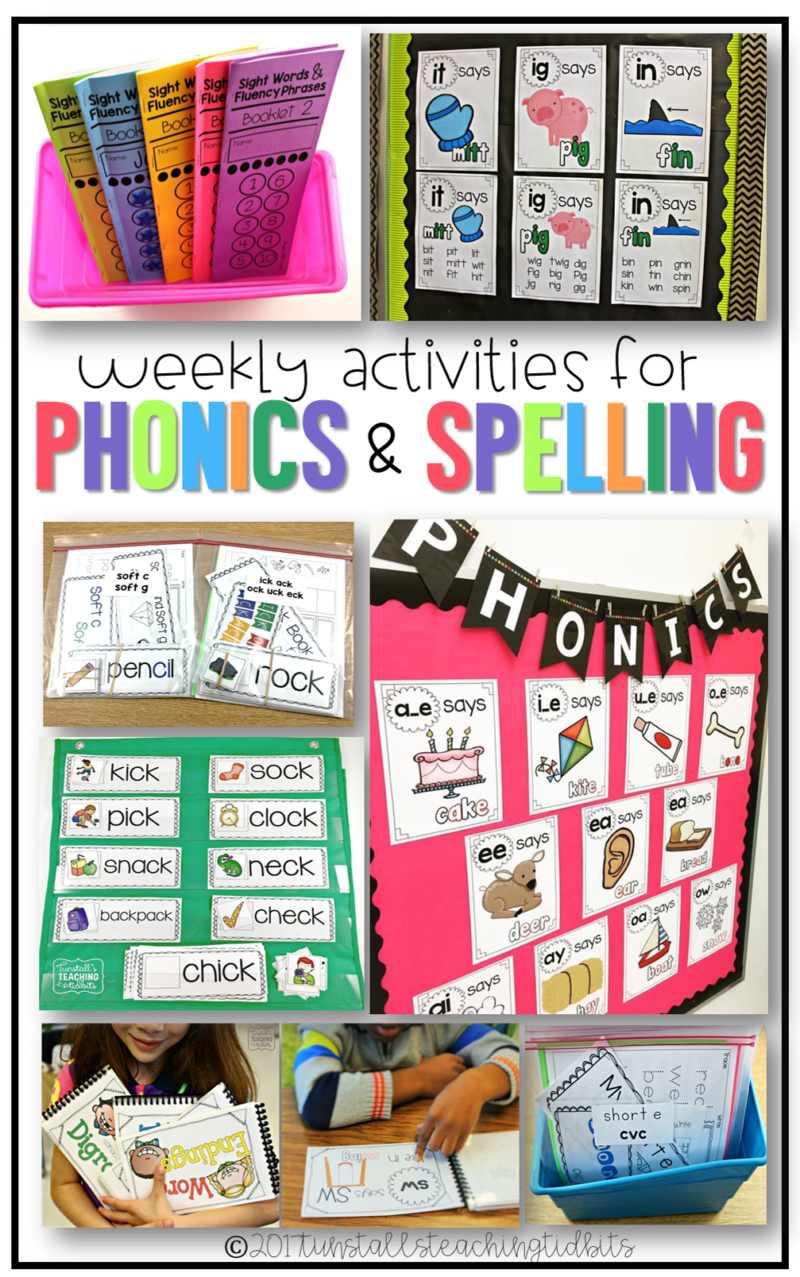

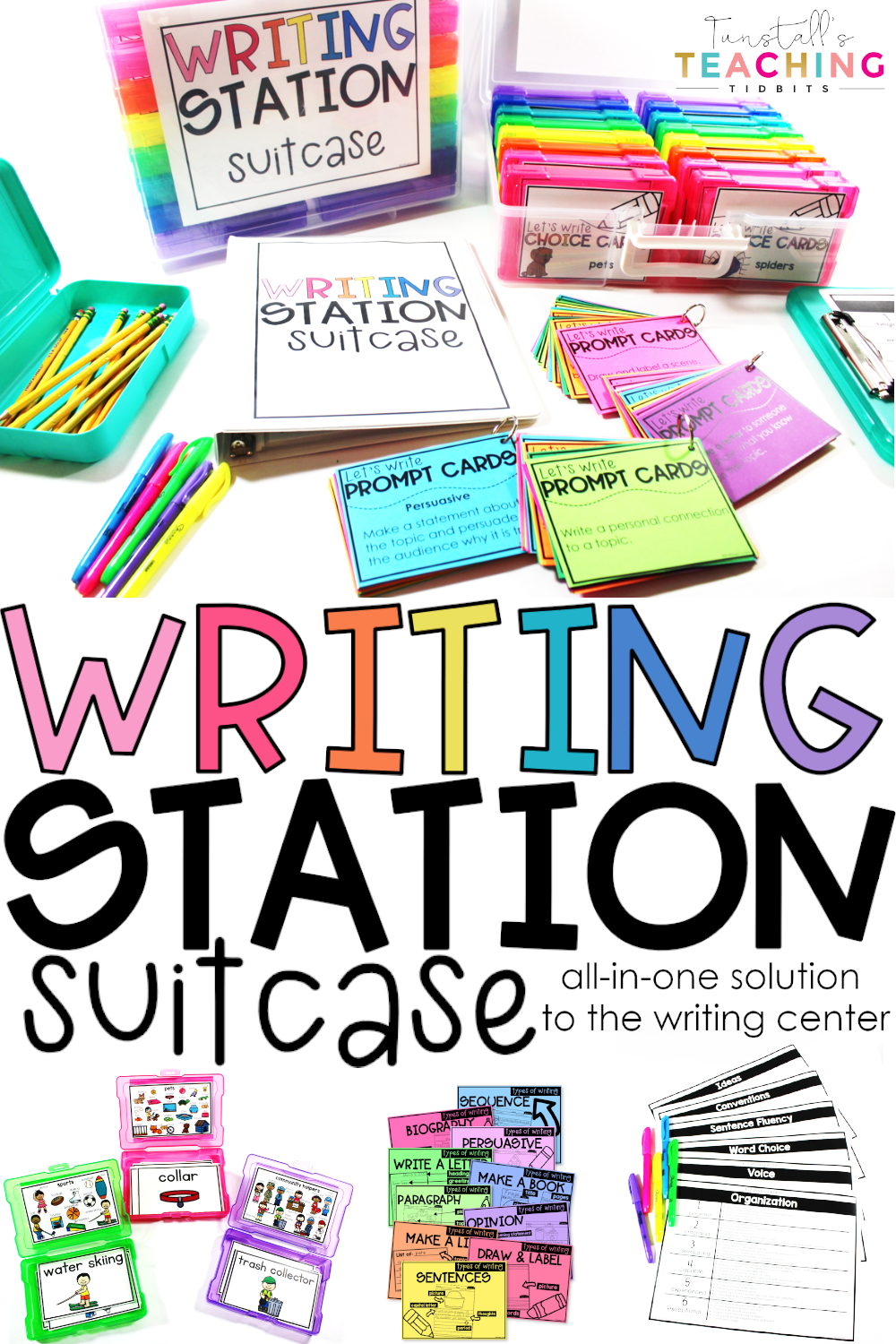

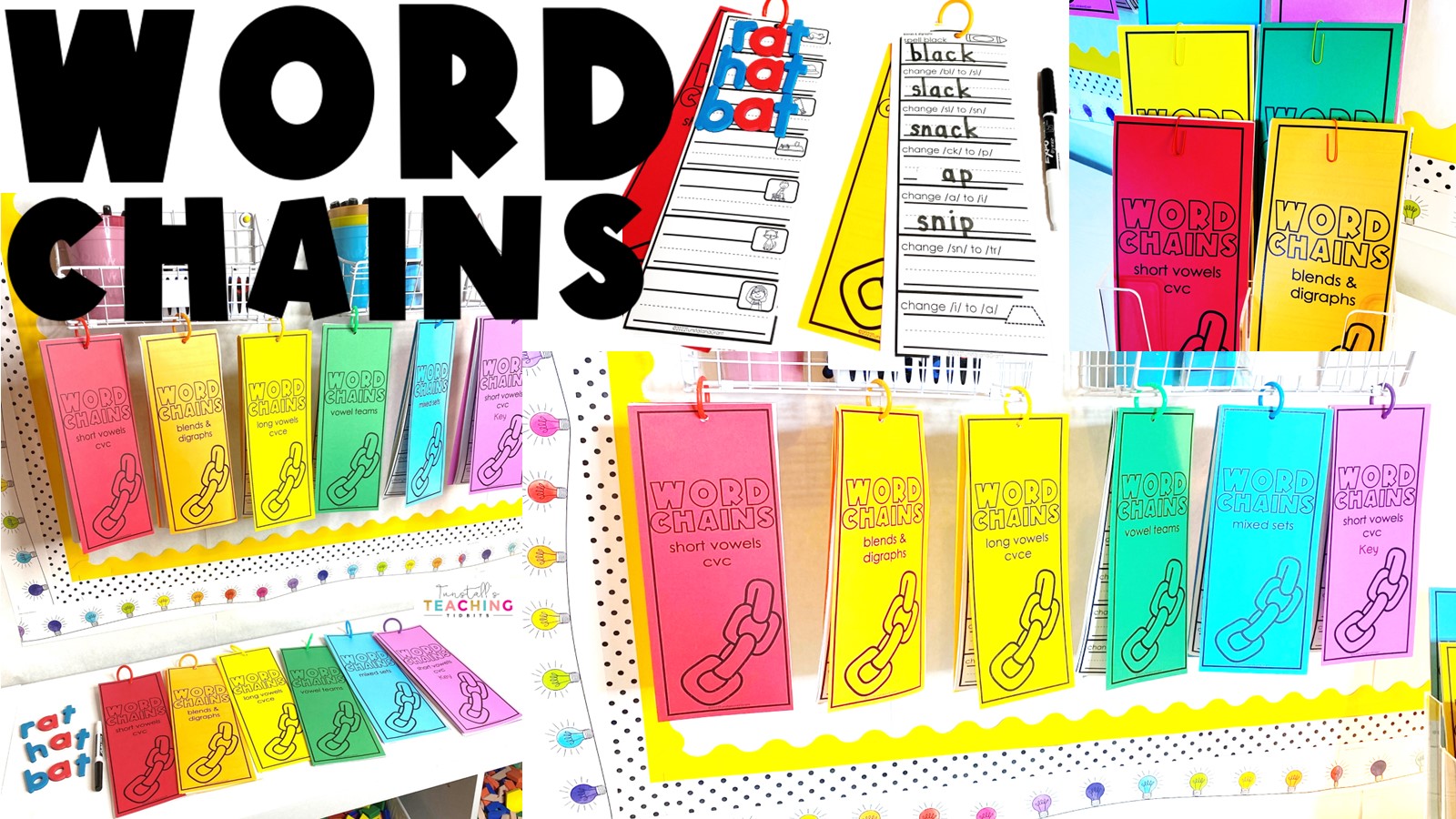
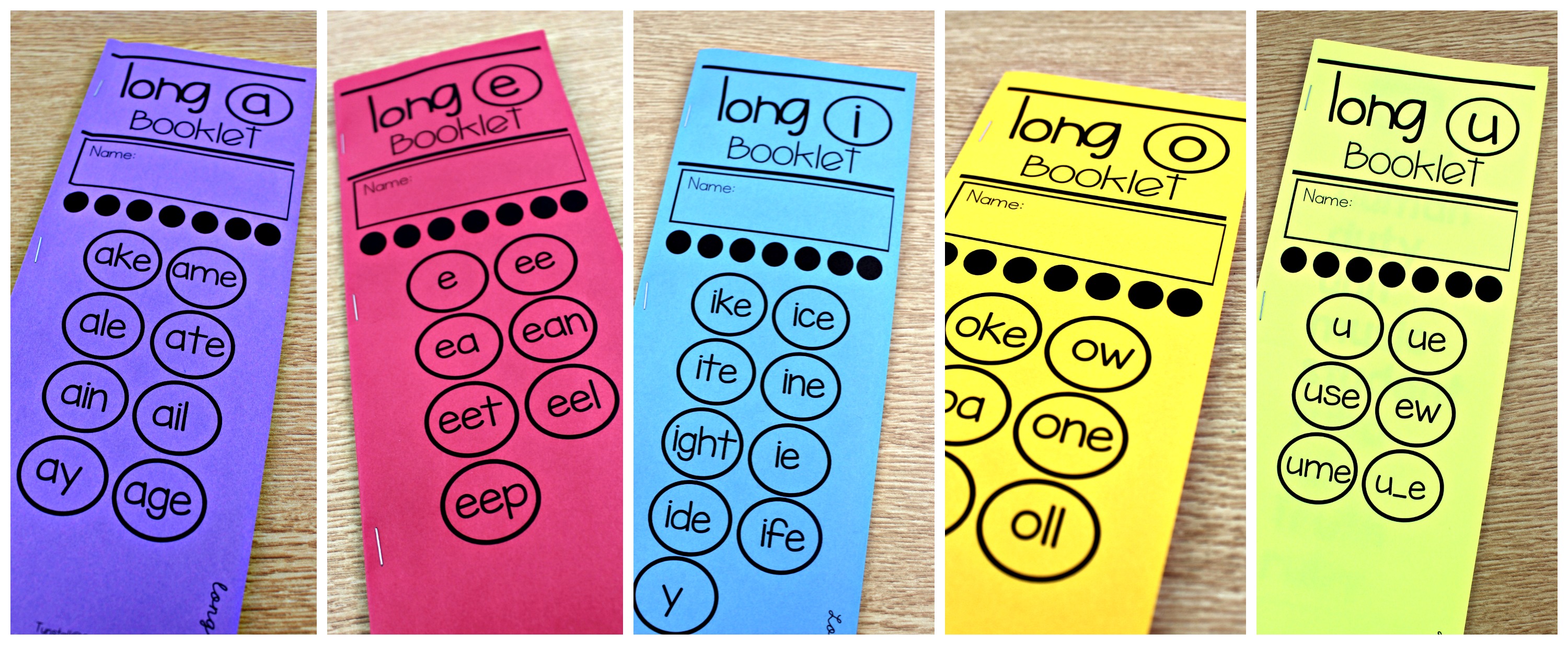
Where can I purchase this sound wall package? I don’t see it in TPT?